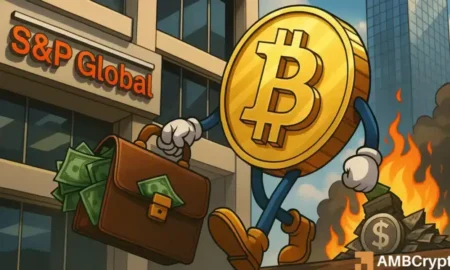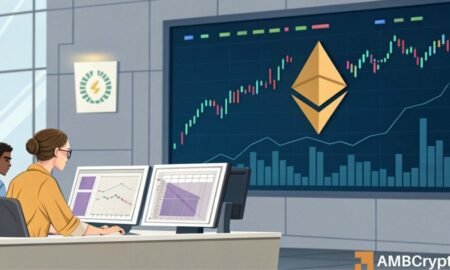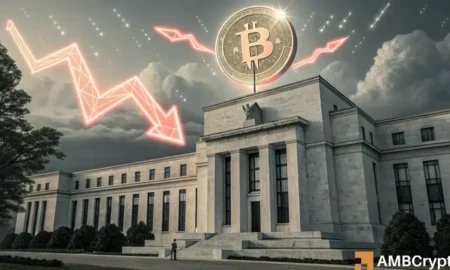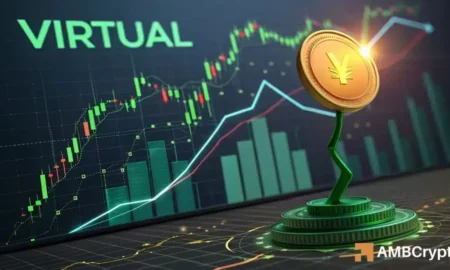Understanding Cardano’s Current Market Dynamics: An In-Depth Analysis
As the cryptocurrency market continues to evolve, Cardano (ADA) has attracted attention due to significant developments among its whale holders. Recent data suggests that wallets holding 100,000 ADA tokens or more have been accumulating heavily over the past six weeks, raising questions about what this could mean for the future price of ADA. While whale accumulation might indicate confidence from major investors, the broader market sentiment suggests that a bullish rally for Cardano may not materialize in the immediate future.
Current Price Trends and Market Sentiment
Cardano has recently experienced fluctuations in its price, currently hovering just above a critical support level of $0.61. Following a brief bounce that saw ADA climb 11.4% to reach $0.694, it has since retraced approximately 4%. This price action can largely be attributed to Bitcoin’s struggle at the $116,000 mid-range resistance, leading to a dip across the entire crypto market. Such volatility has made traders cautious, as they navigate Cardano’s price movements in conjunction with Bitcoin’s indecision.
Declining Open Interest and Spot Demand
One concerning factor for the ADA market is the recent decline in Open Interest, which indicates a reduction in market participation. Coupled with a near-stagnant spot Cumulative Volume Delta (CVD), these indicators imply that traders are hesitant to place bullish bets on Cardano in the short term. While the funding rate has remained positive, the decrease in interest raises questions about the overall willingness to invest in ADA, especially amidst weak spot demand.
Whale Accumulation and Its Implications
Despite the prevailing short-term hurdles, there is a noteworthy trend in the accumulation of ADA tokens among larger wallets. The increasing share of total ADA supply represented by wallets holding over 100,000 tokens suggests that these whale investors believe in Cardano’s long-term potential. This raises an intriguing question: could this accumulation eventually lead to a price rally? Enthusiasm from whale holders may serve as a positive signal, yet current market conditions hint at a more measured outlook.
Understanding Supply Zones and Price Resistance
A detailed analysis using the one-day timeframe indicates a bearish structure for Cardano, particularly around the $0.61 support level, which remains crucial for any future recovery. Resistance is noted in the region between $0.70 and $0.737, marking a critical supply zone that must be converted into support for a potential upward trend. Until this occurs, swing traders are likely to maintain a bearish stance, reflecting the market’s current sentiment and trading behavior.
Weak Buying Pressure and Market Indicators
The Money Flow Index (MFI) shows a weakly bearish trend for ADA, lending credence to the notion that there is insufficient momentum or buying pressure to instigate a significant upward movement. Moreover, liquidation heatmaps indicate that targets around $0.745 may attract attention, suggesting a potential liquidity cluster in that area. However, traders must remain vigilant, as a rebound to around $0.75 could easily reverse, underscoring the need for caution in the current trading environment.
Conclusion: Navigating Cardano’s Future
As Cardano continues to navigate its market landscape, the recent accumulation by whale holders offers a glimmer of optimism among long-term investors. However, current market metrics and price resistance signal a cautious outlook in the short term. While speculative behavior among lower-tier investors shows trepidation, the larger wallets’ bullish stance may offer some reassurance. Ultimately, monitoring key supply zones and market indicators will be essential for anyone looking to understand Cardano’s future price trajectory in this dynamic environment.
In summary, while accumulation from whale holders could be a positive sign for Cardano’s long-term viability, traders should remain aware of bearish sentiments and resistance levels that could impact short-term price movements.

















